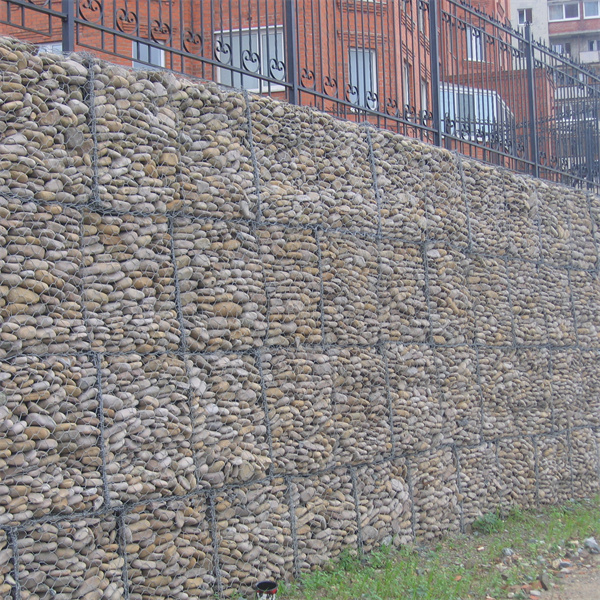Окт . 05, 2024 19:10 Back to list
Exploring the Etymology and Origins of the Term Gabion in Construction and Design
The term gabion has an intriguing etymology that traces back to the Italian word gabbione, which means big cage. This, in turn, is derived from the Latin cābium, referring to a cage or a large box. The concept behind the word encapsulates the essence of gabions as structures that serve specific purposes by enclosing materials in a wire mesh.
.
Over time, the use of gabions evolved, and they became prominent in modern engineering practices. Their versatility makes them suitable for various applications, from riverbanks and coastal protection to decorative elements in landscaping. The open structure allows for vegetation to grow, which not only enhances their aesthetic appeal but also promotes ecological balance by providing habitats for wildlife.
gabion etymology

In contemporary use, gabion baskets are often made from strong wire materials coated with protective substances to prevent rusting and ensure durability. They can be engineered in various sizes, allowing for customization to meet specific project needs. The design’s simplicity and strength have solidified their status as effective solutions for numerous environmental challenges.
In essence, the journey of the term gabion from its Latin origins to contemporary usage illustrates the evolution of a concept that is both practical and rooted in history. As we continue to face challenges related to erosion, flooding, and land stabilization, gabions serve as a testament to the enduring relevance of this ancient idea, marrying functionality with an understanding of the natural world.
-
Why PVC Coated Gabion Mattress Is the Best Solution for Long-Term Erosion Control
NewsMay.23,2025
-
Gabion Wire Mesh: The Reinforced Solution for Modern Construction and Landscape Design
NewsMay.23,2025
-
Gabion Wall: The Flexible, Seismic-Resistant Solution for Modern Landscaping and Construction
NewsMay.23,2025
-
Gabion Wall Solutions: The Durable, Decorative, and Affordable Choice for Every Landscape
NewsMay.23,2025
-
Gabion Basket: The Durable and Flexible Alternative to Traditional Retaining Walls
NewsMay.23,2025
-
Gabion Basket: The Proven Solution for Slope Stability and Flood Control
NewsMay.23,2025
-
Versatility of Chain Link Fence Gabion
NewsMay.13,2025






